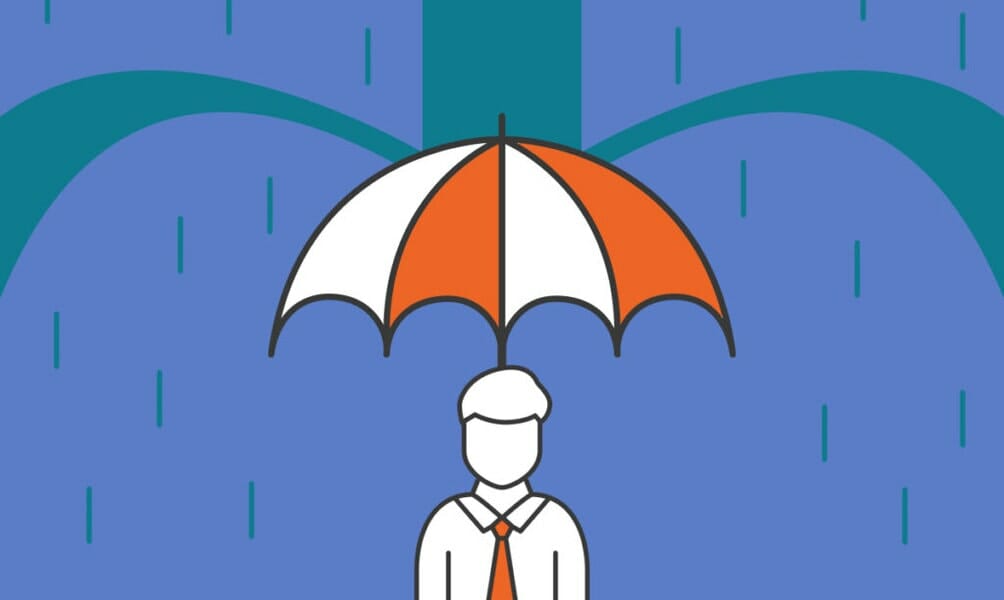The lawn and garden equipment market is experiencing a real boom. The COVID-19 pandemic has changed priorities for millions of people. Families have ...
How to Safeguard Your Business Against Unseen Product-Risk Traps
Written by: Howard Tillerman
Howard Tillerman is the Chief Marketing Officer for Step By Step Business and an award-winning marketing professional.
Published on October 23, 2025

Running a business today demands more than selling quality products. You must manage suppliers, meet customer expectations, and comply with ever-changing regulations.
Beyond daily operations, modern businesses also face greater accountability. A single product flaw can quickly spread through social media and impact brand reputation. With tighter global supply chains and faster product cycles, even small errors can have major consequences.
Consumers today expect transparency and safety, while regulators demand strict compliance. Ignoring these realities can leave your business exposed to risks you never anticipated. Yet, many small business owners overlook one critical area: product risk.
These unseen liabilities can cause financial loss, damage your reputation, or even lead to lawsuits. Understanding and addressing them early protects your brand and stability.
Spotting the Hidden Liability Layers in Your Product Chain
Product risks often go beyond what you produce and may arise from design, labeling, or distribution. A faulty product made by a third party can still make your business liable if it harms a customer. The Bard Power Port lawsuit shows how even minor material or design issues can escalate into serious liability claims.
According to TorHoerman Law, the lawsuit claims that design and manufacturing defects in the device may cause it to fracture or migrate. It adds that such issues can lead to severe complications, including blood clots and infections.
These events highlight why even well-intentioned companies must remain alert to production and supply process risks. The 2025 State of Risk Oversight Report found that only 11% of finance leaders see their company’s risk management as a strategic advantage.
In contrast, nearly 65% admit that it provides no or minimal advantage. Meanwhile, over 60% said the volume and complexity of risks have increased significantly in recent years. To avoid hidden liabilities, review every step in your product chain, including supplier reliability, material safety, packaging accuracy, and post-sale support.
Identify where responsibility transfers and where it doesn’t. This clarity helps you manage accountability before issues escalate.
Building a Risk-Aware Product Strategy
When expanding your business or introducing new products, risk exposure grows. New markets, suppliers, and regulations add complexity. You need a structured approach to prevent small oversights from turning into serious issues, especially as most businesses operate with limited risk foresight.
A 2023 study by Boston Consulting Group found that 71% of companies with mature risk-management systems reduced crisis impacts. In contrast, only 37% of businesses with weak risk practices achieved the same results. This shows how strong risk planning directly affects business resilience.
To counter that, start with a product-risk audit. Examine raw materials, product testing, compliance certifications, and warning labels. Create a checklist for high-risk items such as those using sensitive materials, moving parts, or physical contact. Ensure that risk assessment happens before, not after, scaling production.
Finally, train your team to recognize potential hazards. Encourage open discussions about near-misses or customer complaints. A proactive mindset across departments can catch risks long before they impact your bottom line.
Insurance & Protection: The Often Overlooked Safety Net
Even with the best systems, product failures can happen. Insurance is your financial shield when they do. The U.S. Chamber of Commerce notes that product liability insurance protects against damages caused by your product’s manufacturing, sale, or distribution.
The Chamber adds that coverage can include warranties, warning failures, and labeling errors. Premiums for small businesses often start at a few thousand dollars a year, depending on business size and risk level. Experts also recommend maintaining at least $1 million in coverage, with higher limits for businesses handling complex or high-risk products.
According to Verified Market Reports, the global product-liability insurance market reached about $10.55 billion in 2024. They expect it to grow to $17.45 billion by 2033, showing a sharp rise in awareness among business owners.
Review your policy carefully. Check if it covers component defects, product recalls, and claims made after a product’s sale. Understand the difference between “occurrence” and “claims-made” policies, as it affects coverage timing.
If you rely on suppliers or outsourced manufacturing, confirm that their insurance covers shared liability. Coordinating coverage across partners prevents disputes and accelerates claim processing if something goes wrong.
Culture, Compliance & Continuous Vigilance for Long-Term Stability
Product safety doesn’t end after your item hits the market. Maintaining a risk-aware culture is essential. Employees at all levels should understand how product quality links to business survival.
According to the United Nations Conference on Trade and Development (UNCTAD), 44% of UN Member States still lack sufficient legal frameworks to ensure product safety. The report also notes that only 74 countries have consumer protection laws on product safety, 56 have policymaking powers, and 63 have enforcement powers.
Only 31 countries have cooperation agreements, and 76 support education initiatives on product safety, highlighting the uneven progress toward safer markets. For businesses, this means setting clear internal safety protocols and reviewing them regularly to stay ahead.
To strengthen compliance, schedule regular audits for production, labeling, and customer feedback. Use these findings to improve processes, not assign blame. You can also build compliance into your daily operations. Keep records of quality tests, supplier certifications, and incident reports.
If a safety concern arises, this documentation shows good faith and can reduce liability. Lastly, foster transparency by encouraging employees to report potential hazards early.
Reward teams for identifying and preventing risks rather than reacting after problems occur. A vigilant culture helps you turn unseen risks into predictable, manageable ones.
People Also Ask
1. What types of product risks does a small business often overlook?
Small businesses frequently miss risks tied to packaging, labeling and instructions. They may assume a defect only happens during manufacturing, but distribution damage or unclear user warnings can also trigger liability. Vigilantly documenting all stages, from supplier to shelf, helps you identify where risks might slip through the cracks.
2. When is it necessary to upgrade product liability coverage?
You should consider upgrading if you launch a higher-risk product (e.g., electronics, medical devices) or enter new markets where regulations differ. Also, revisit it when your sales volume significantly increases or when you add new components or suppliers. These shifts raise exposure and may require higher coverage limits or endorsements for recall risks.
3. How can small businesses reduce liability when working with third-party manufacturers?
Start by verifying that all suppliers meet recognized quality standards and carry adequate insurance. Use detailed contracts outlining responsibility for defects, recalls, and warranties. Regular audits and documentation of materials, testing, and safety certifications further limit liability if a defect surfaces later.
Unseen product risks are a real threat to small businesses. They can emerge from suppliers, materials, or even unclear instructions. By identifying liabilities early, building a structured risk strategy, maintaining strong insurance coverage, and nurturing a risk-aware culture, you can protect your company from costly surprises.
Start small: review your supply chain, evaluate insurance coverage, and create open channels for risk reporting. These actions help safeguard your business, strengthen customer trust, and ensure your brand’s long-term stability.
Subscribe to Our Newsletter
and gain insider access to cutting-edge business insights and trends.
Featured Resources

Spare Parts vs. Big Equipment: Which Business Model Brings Higher Profit in the Home and Garden Market?
Published on December 9, 2025
Read Now

How to Prepare for Your First Business Trip
Published on December 2, 2025
Your first business trip feels exciting. It feels nerve-racking at the same time. You want to look prepared. You want to make a strong impression.Yo ...
Read Now

Unit4 Review 2025: The First ERP Built for Nonprofits, Not LLCs
Published on December 2, 2025
Every year, millions of Americans take the leap into entrepreneurship. In fact, no less than 5.5 million new business applications were filed in the ...
Read Now
Comments